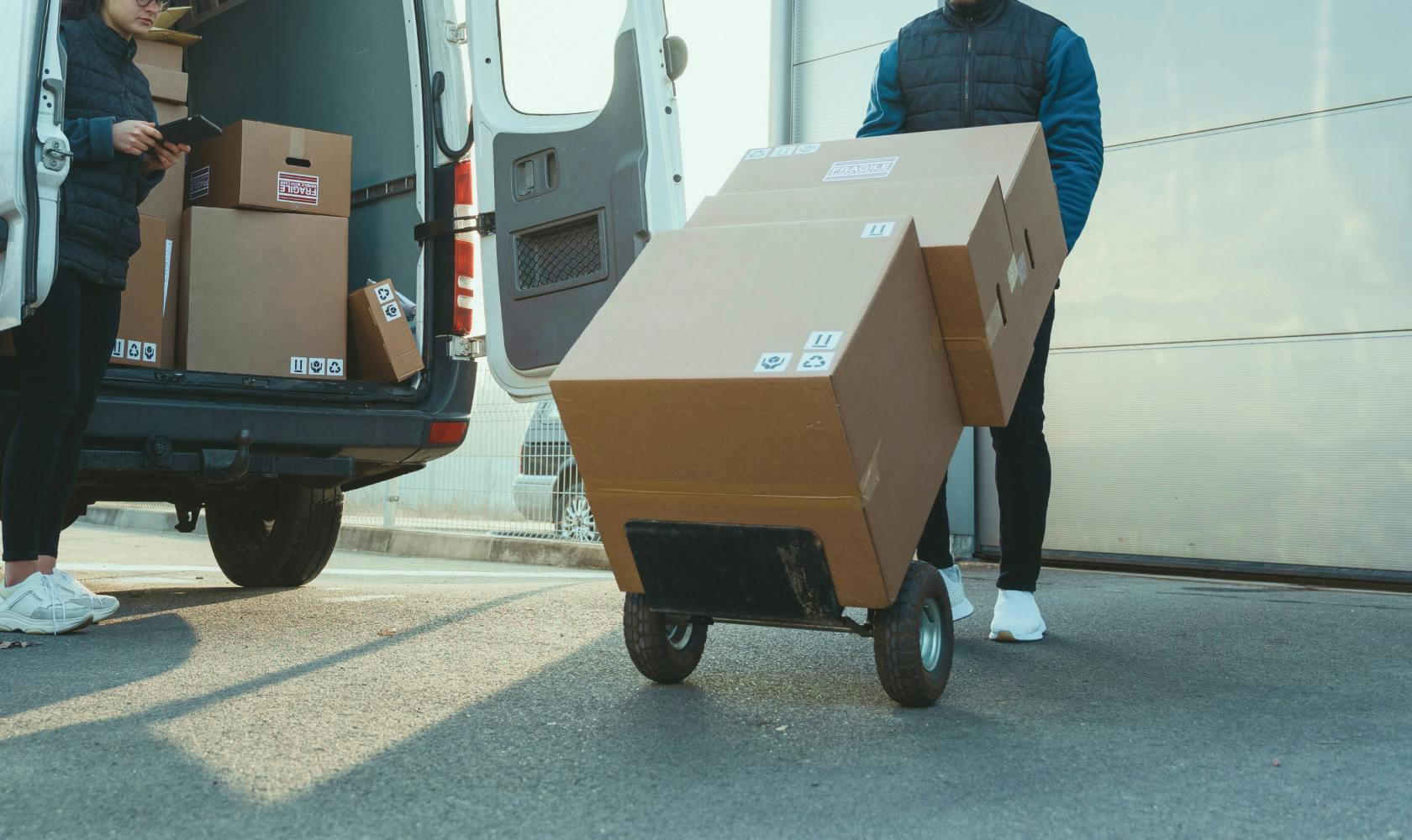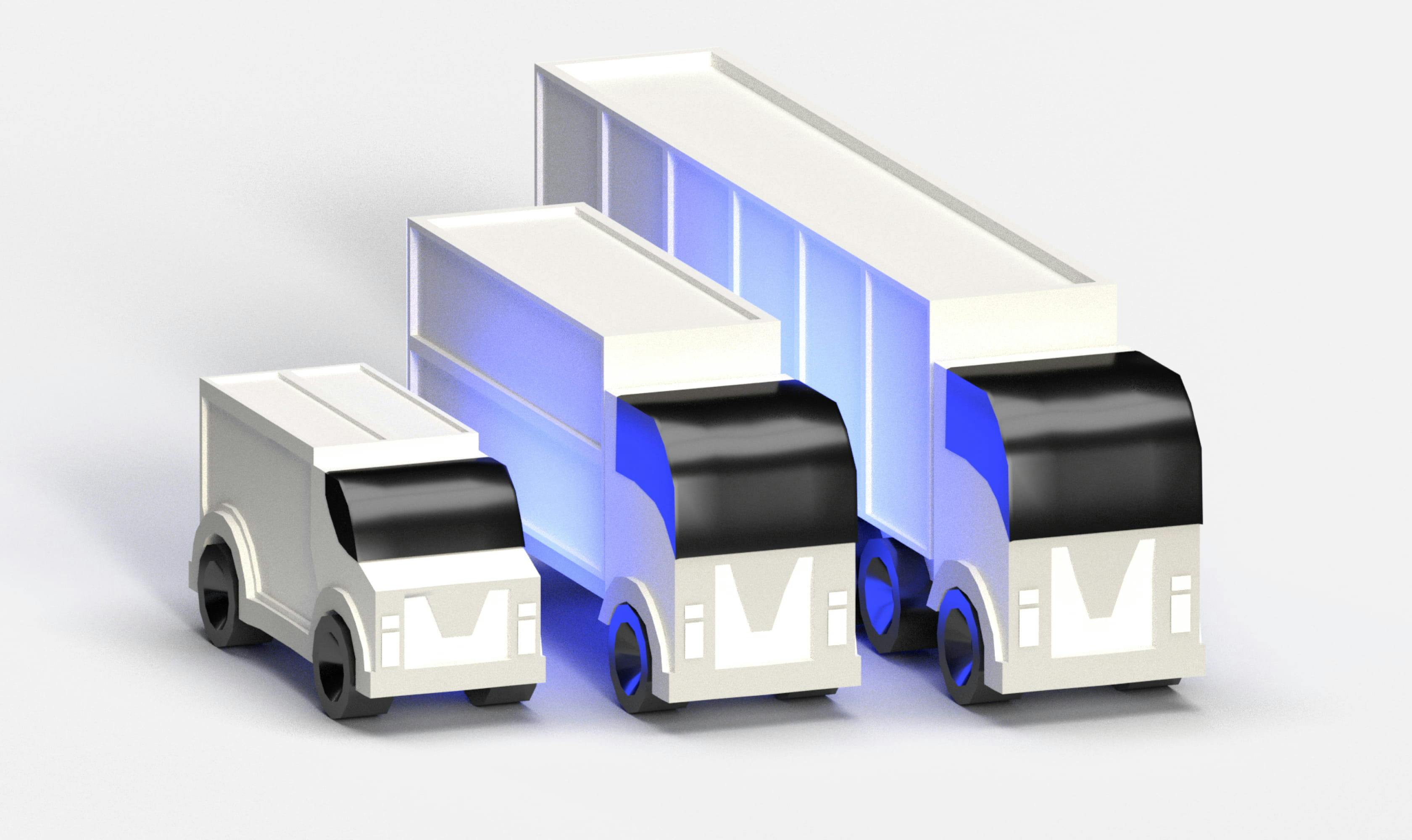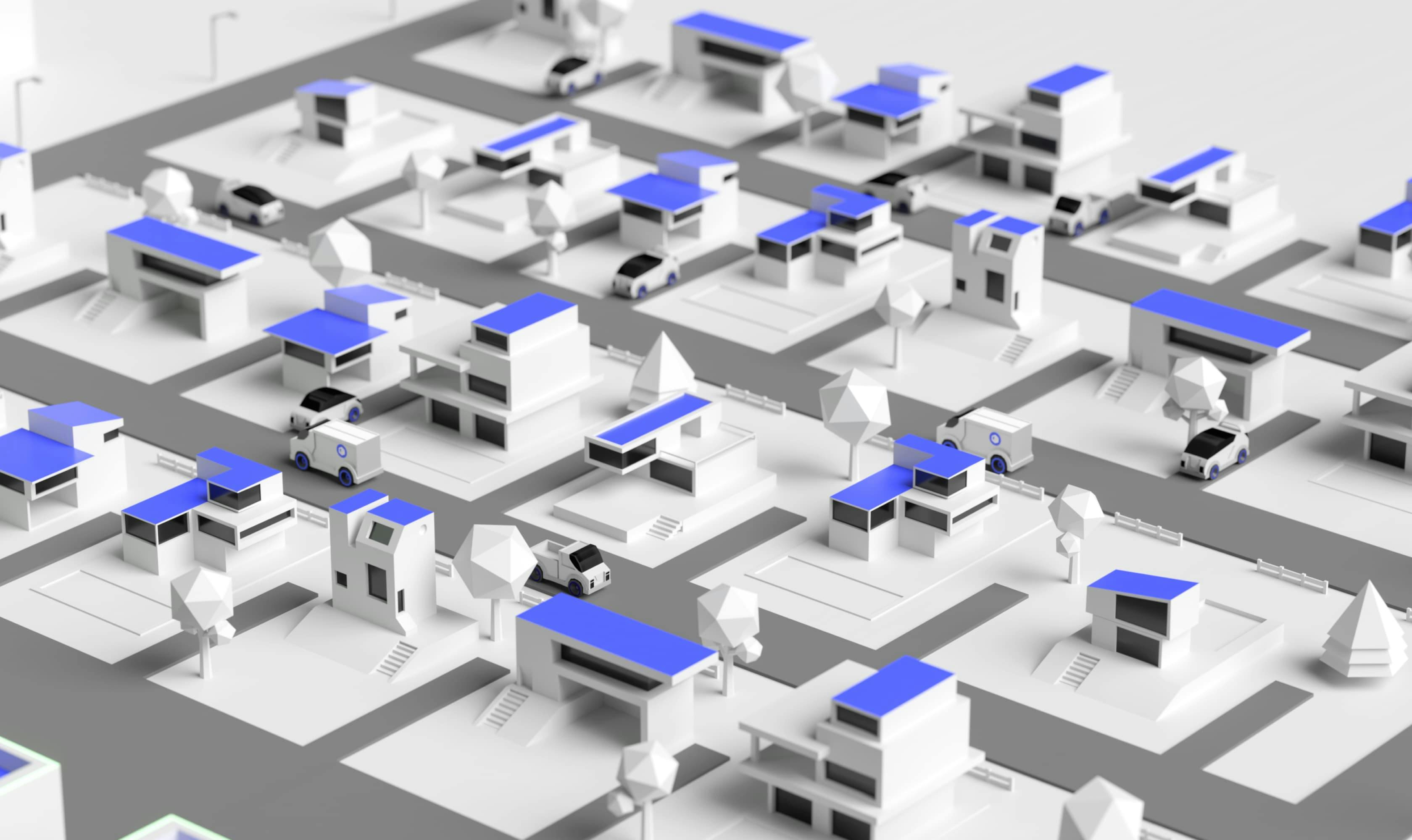Supply chains aren’t conventionally built on the notion of flexibility. They’re not agile, and they don’t anticipate rapid change in markets. Instead, they’re built on fragmented systems that can break down when faced with shortages or shifts in demand.
Logistics providers have also been slow to adopt new technology. While the rest of the world adopts cloud technologies to help them break down silos and integrate communication, companies continue to use disparate applications and tools for managing orders, evaluating inventory, and shipping goods.
The COVID-19 pandemic only highlighted and exacerbated those issues. In February of 2020, we saw the beginning of a really bad game of global musical chairs. Suddenly, China was exporting a ton of protective equipment to new locations, where containers piled up in ports and didn’t make it back to their origins. Americans stopped going out and started spending all of their discretionary income on products from workout gear and new tools to LED strip lighting–causing even more demand for shipping. Exacerbating the problem was a shortage of truck drivers and dockworkers.
The result was a domino effect of shortages that produced a spike in prices and empty shelves. Today, we’re playing a massive game of catch-up as we recover an effective flow of goods from one place to the other in the face of the biggest backlogs the world has ever seen.
While experts say we will catch up eventually, supply chains need to change for good. Here are five major challenges that companies continue to face in their supply chains–and the solutions that will help logistics providers prepare for the future.
1 - Huge E-commerce Growth
More than ever, people are buying more and more online. Q1 2021 saw 39% year-over-year growth in US e-commerce sales. And the online shopping boom hasn’t been limited to the US. In fact, Brazil, Spain, and Japan saw the largest increases in online sales during the COVID pandemic.
This growth is continuing with e-commerce sales expected to reach $6 trillion by 2024.
E-commerce is here to stay. It’s convenient, cost-effective, and gives consumers plenty of options (and doesn’t require any gas). And with increased demand for products online, there will continue to be increased demand for fulfillment and shipping services.
Although e-commerce was already seeing incredible growth (in 2019, e-commerce accounted for 11% of retail sales); the pandemic only accelerated that success. Bolstered by unexpected income like stimulus checks in the US and subsidized salaries in other countries, people began to shop online–a lot.
Manufacturing and shipping–already handicapped by worker shortages–weren’t able to keep up with new demand. That resulted in bottlenecks, such as the record backlogs at the port of Los Angeles, where container ships waited for weeks to offload cargo.
Meanwhile, demand for online goods hasn’t diminished. Consumers have become accustomed to purchasing products online. Due to the convenience, cost and speed of ecommerce, they likely won’t return to old habits.
To adapt to shifting demand and consumer habits, companies need to think about adopting new tools, systems, and strategies. They need to shift away from constrained and inflexible supply chains, and instead adopt technology-based logistics capabilities with on-demand, cloud-like scalability.
2 - Sudden Shortages
Companies rely on dockworkers, truck drivers, and warehouse employees to continue to effectively run the shipping and logistics portion of their businesses. When there aren’t enough transport workers to move goods, supply chains break down–quickly.
Part of the challenge is high employee attrition. Younger generations are far less interested in transport jobs. Most truck drivers are over the age of 50, and retiring out of a workforce with a high rate of employee attrition. Even though truck-driving jobs pay relatively well, younger generations aren’t as interested in jobs that don’t offer a good work-life balance. The challenge of getting a commercial driver’s license (CDL) in specific states only makes it even more difficult–and less appealing–to become a truck-driver.
The pandemic only exacerbated this problem. When dockworkers and truck drivers didn’t come to work because they were on lockdown or they were symptomatic, supply chains broke down. Even in January of 2022, 1,850 dockworkers on the West Coast tested positive for COVID–more than all 2021 cases combined.
But worker shortages weren’t just confined to the transportation portion of supply chains. Inside warehouses, stay-at-home orders and rising COVID-19 cases kept workers away from facilities. With emergency state and federal unemployment benefits, some laborers actually made more money by staying at home instead of working.
“Unfortunately, a lot of entry positions in logistics are not high wage,” says Edgard Barahona, Senior Manager of Implementations at Stord. “It was more beneficial monetarily for people to stay home, and the industry wasn't ready for that.”
Finally, there’s a shortage of space to respond to new demand for products. A $1 billion increase in sales results in the need for an additional 1 million square feet of warehouse space, according to Supply Chain Brain. But warehouse space isn’t always easy to come by and vacancy space has plummeted and rent has gone up. Companies are even “hoarding” warehouse space to prepare for the future.
Ideally, the market can better utilize its resources–people, space, and equipment.
3 - Centralized Inventory
Centralized inventory can be compared to the way we used to access the Internet and store data. In the ‘90s, organizations (and households) would house their own servers. If the server went down, information could be lost. Today, we rely on decentralized cloud servers to store our data.
Just as decentralized servers give us a secure, flexible way to use computers, run software, and store data, decentralized inventory can provide a layer of security and agility in shipping and fulfillment.
“If all your inventory is in my building in St. Louis and St. Louis gets wiped out by a tornado or has a snowstorm, I can't do anything for you,” explains Edgard. “If your inventory is in St. Louis and Chattanooga, and St. Louis shuts down for two days, I can try to alleviate the problem and load balance. I can move the orders where they can be fulfilled,” he continues.
Cloud Supply Chain technology can help companies manage inventory and fulfillment across multiple warehouses, scaling as necessary, and helping companies remain flexible to respond to shifts in supply and demand.
4 - Limited or Insufficient Visibility
B2C and B2B companies rely on a range of partners and platforms to help them fulfill and ship orders. They might work with different trading partners, manufacturing partners, retail partners, and freight and parcel carriers. On top of that, they may have an enterprise resource planning (ERP) system along with multiple sales channels.
In short, they use and generate data from multiple sources.
Most companies are behind in adopting tech for their supply chains. They typically don’t have the data management capability they need to make intelligent decisions that anticipate the future, because they don’t have visibility into all the various elements across their entire supply chains. Instead, they’ve got an unintelligible mishmash of outdated numbers that represent inventory and sales.
Cloud Supply Chain technology helps to alleviate this problem by bringing data together in a single platform. Rather than wasting time and resources trying to aggregate data and glean insights from all over their supply chains, companies can view all their orders, inventory, and delivery data within a single dashboard.
The result? They gain valuable insight to make better decisions about inventory levels and customer demand.
5 - Patchwork Logistics
Using multiple third party logistics (3PL) providers for fulfillment and shipping can result in a disconnected supply chain that doesn’t offer a lot of insight or meet your specific needs. Connecting disparate pieces–like an ERP, order management system, warehouse management systems and retail partners–makes it difficult to understand what’s really going on. Trying to integrate all these different systems together is costly, time-consuming and most often doesn't work properly. Information remains siloed and out-of-date.
And, conventional 3PLs can’t typically be customized to your specific logistics needs. Instead, they offer fixed services and often tie you to long-term contracts with limited flexibility that prevent you from rapidly responding to changes in supply and demand.
Cloud-based supply chain solutions let you stay more in sync with your business and changing market conditions.. It offers exactly the capabilities you need (and nothing you don’t) to move,store and deliver your product cost-effectively and on-time to satisfy today’s demanding customer expectations.
Are Supply Chains Completely F**ked?
Not completely.
Shipping and logistics have always had a brittle infrastructure. Built on siloed systems and a luddite’s attitude towards the cloud, logistics providers and the companies who rely on them have been setting themselves up for failure for a while–and over the last two years, we’ve witnessed significant breakdown of that infrastructure. Issues that were always there–a rigid, inflexible infrastructure, lack of technology, and centralized inventory–suddenly became extremely problematic.
Cloud Supply Chain technology is the future of logistics. A distributed network with centralized insights offers companies a way forward–even in this mess. By connecting all your disparate systems and offering scalable capacity, Cloud Supply Chain technology can help you bypass the challenge of shortages, make better use of your resources, streamline your supply chain, and gain new insight.
Is your supply chain f**ked? Only if you keep doing things the old way. To learn more about how Stord can help you build a customized supply chain that reduces transportation costs, improves customer satisfaction, and offers 99.9% order accuracy, reach out to us today; we’d love to talk.







